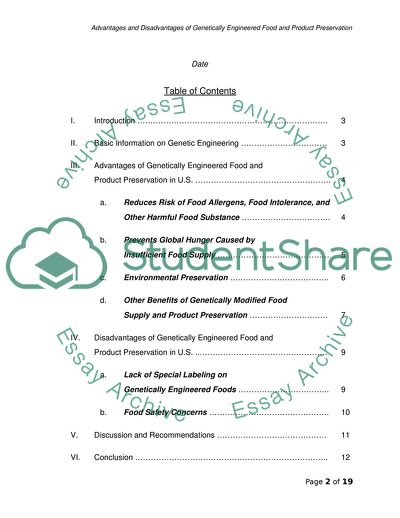Cite this document
(Genetically Engineered Food and Product Preservation in Modern World Essay, n.d.)
Genetically Engineered Food and Product Preservation in Modern World Essay. https://studentshare.org/health-sciences-medicine/1714261-advantages-and-disadvantages-of-genetically-engineered-food-and-product-preservation
Genetically Engineered Food and Product Preservation in Modern World Essay. https://studentshare.org/health-sciences-medicine/1714261-advantages-and-disadvantages-of-genetically-engineered-food-and-product-preservation
(Genetically Engineered Food and Product Preservation in Modern World Essay)
Genetically Engineered Food and Product Preservation in Modern World Essay. https://studentshare.org/health-sciences-medicine/1714261-advantages-and-disadvantages-of-genetically-engineered-food-and-product-preservation.
Genetically Engineered Food and Product Preservation in Modern World Essay. https://studentshare.org/health-sciences-medicine/1714261-advantages-and-disadvantages-of-genetically-engineered-food-and-product-preservation.
“Genetically Engineered Food and Product Preservation in Modern World Essay”. https://studentshare.org/health-sciences-medicine/1714261-advantages-and-disadvantages-of-genetically-engineered-food-and-product-preservation.


